~かわりに is used to mention an alternative. Also it can be used to mention 2 opposing facts as if one good side is making up for the other bad side or vise versa.


~かわりに is used to mention an alternative. Also it can be used to mention 2 opposing facts as if one good side is making up for the other bad side or vise versa.
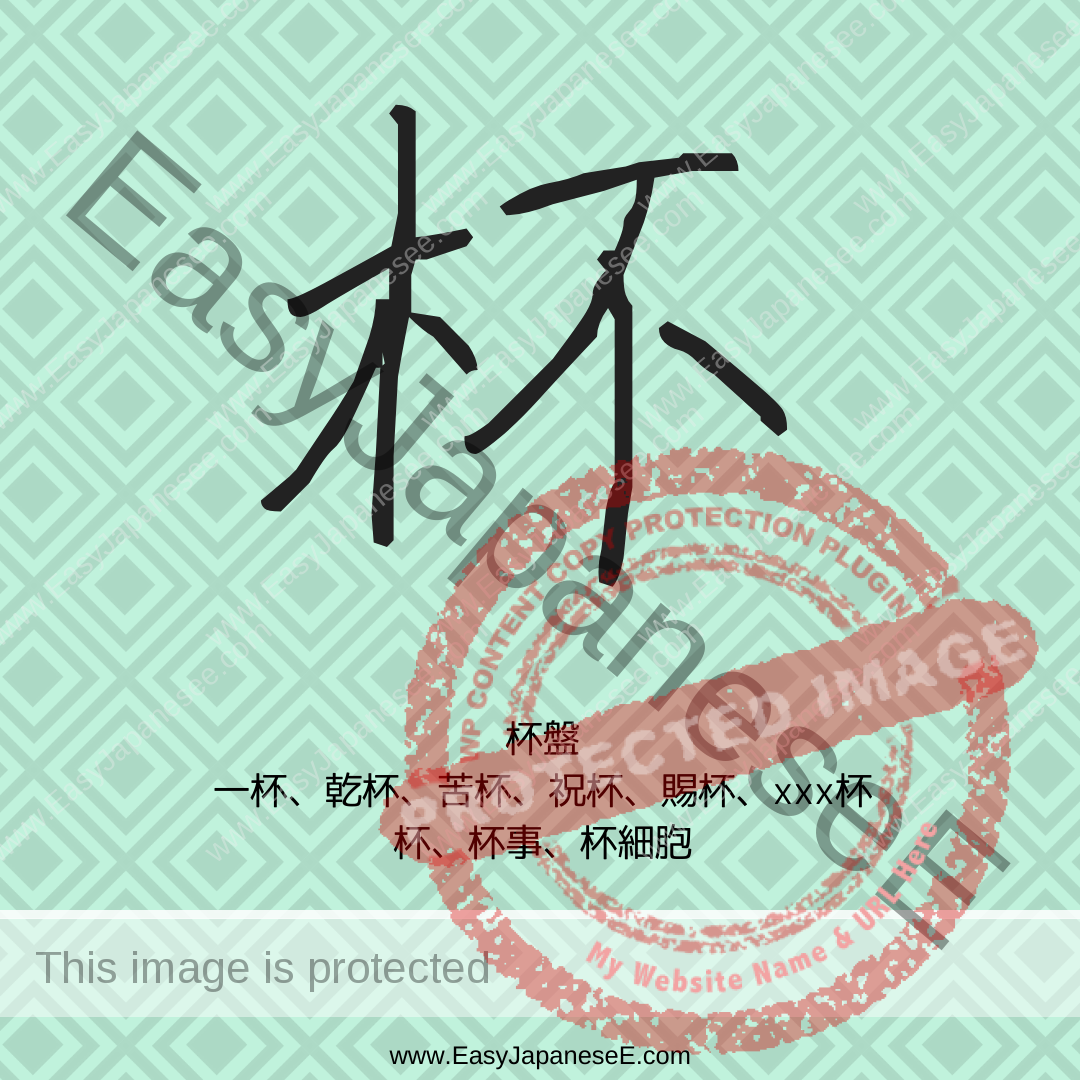
Today’s #kanji is #杯, which is listed under its semantic element of #きへん(木). Its phonetic element is 不 although 杯 and 不 don’t share a sound.
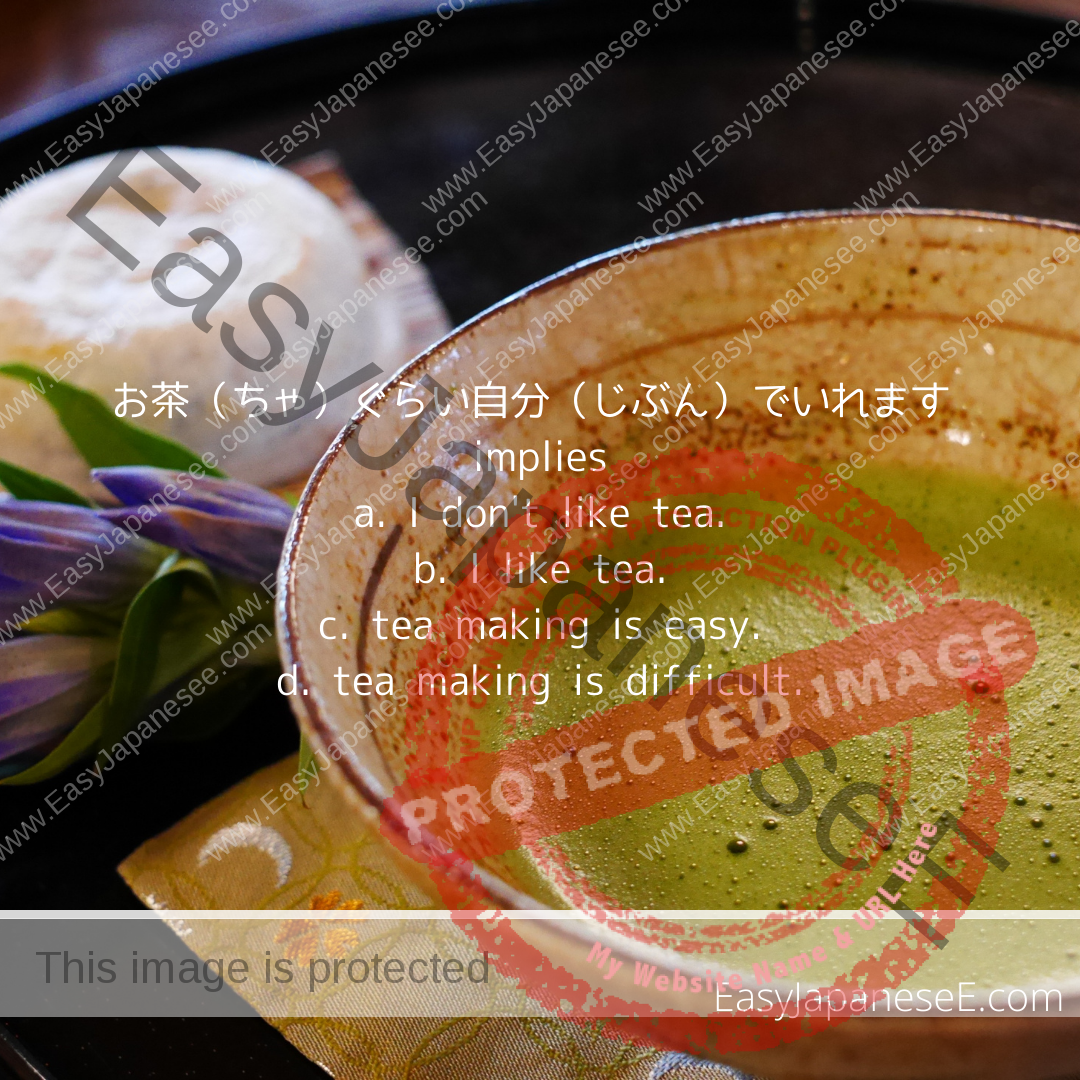
~くらい or ~ぐらい is used to emphasize how trivial a condition is or to explain an extent of a situation/condition using an example.
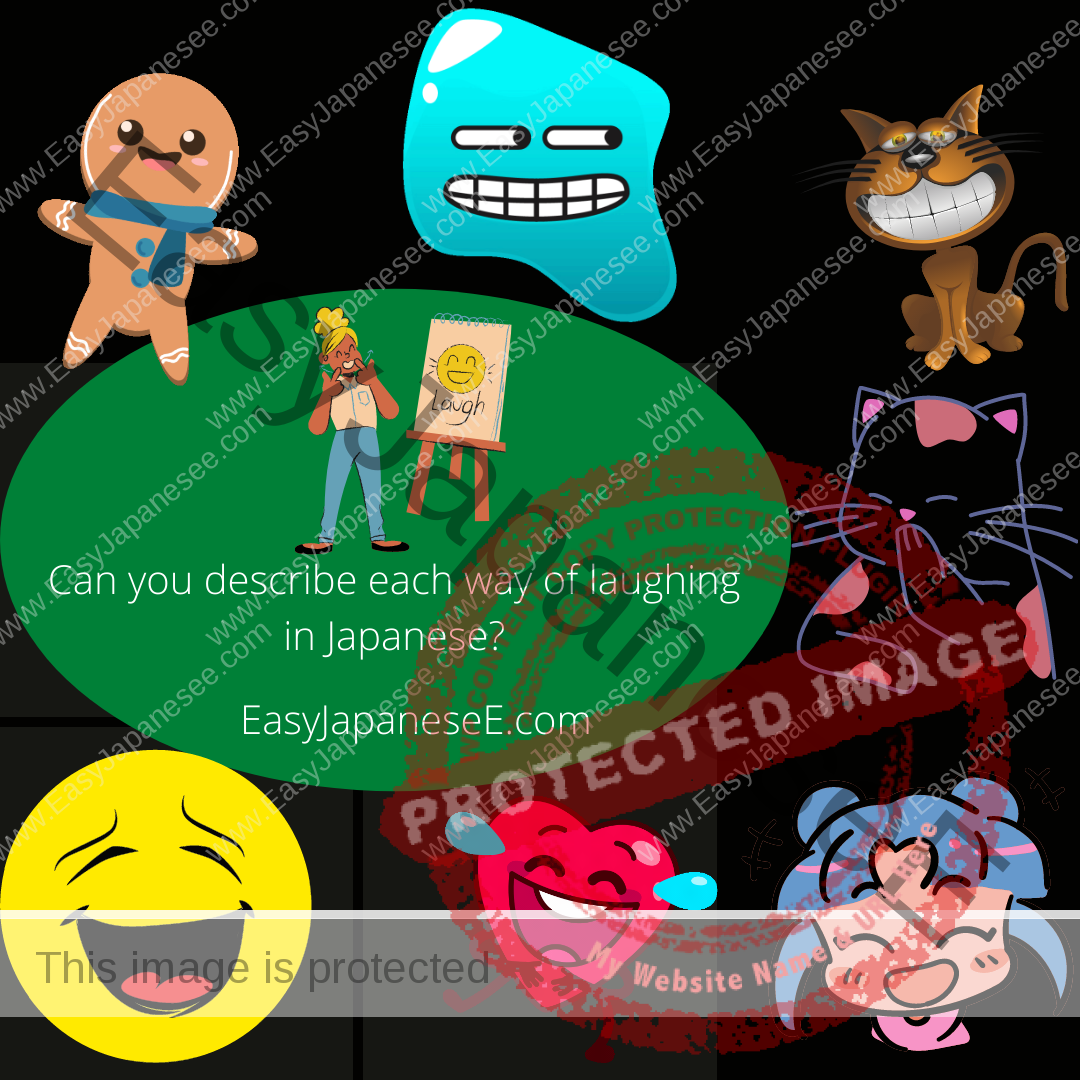
This post is about laughing. The most common Japanese word for “to laugh” is わらう and by adding something to it, we can describe different ways of laughter.

~くせに/くせして is usually translated as “although ~”, “despite ~”, etc. but it implies “criticism” or “reproach” against the other person’s action or status.
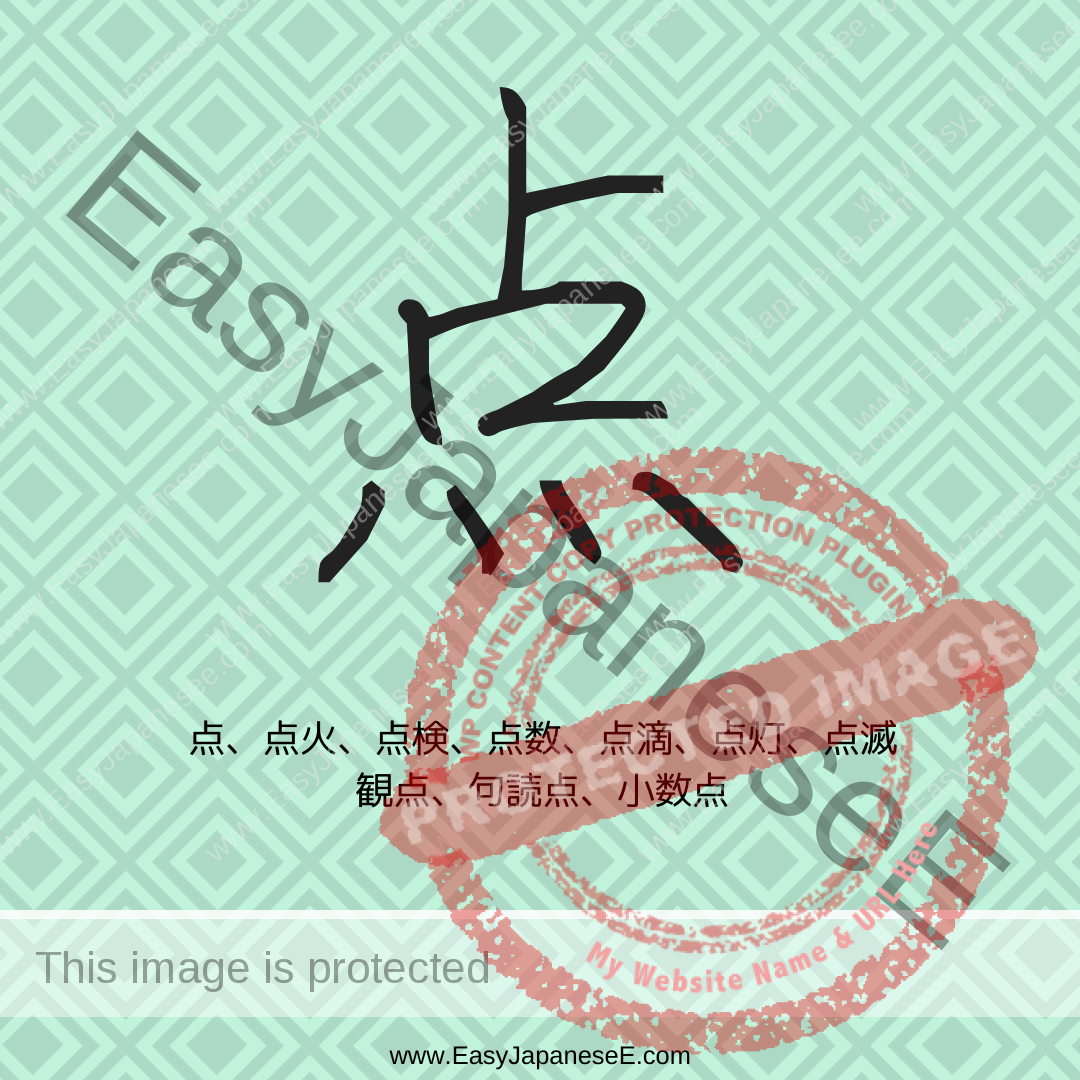
Today’s #kanji is #点, which is listed under the radical of #れっか(灬) and it is an informal variant of 點. 黑 is the semantic element and 占 is its phonetic element.
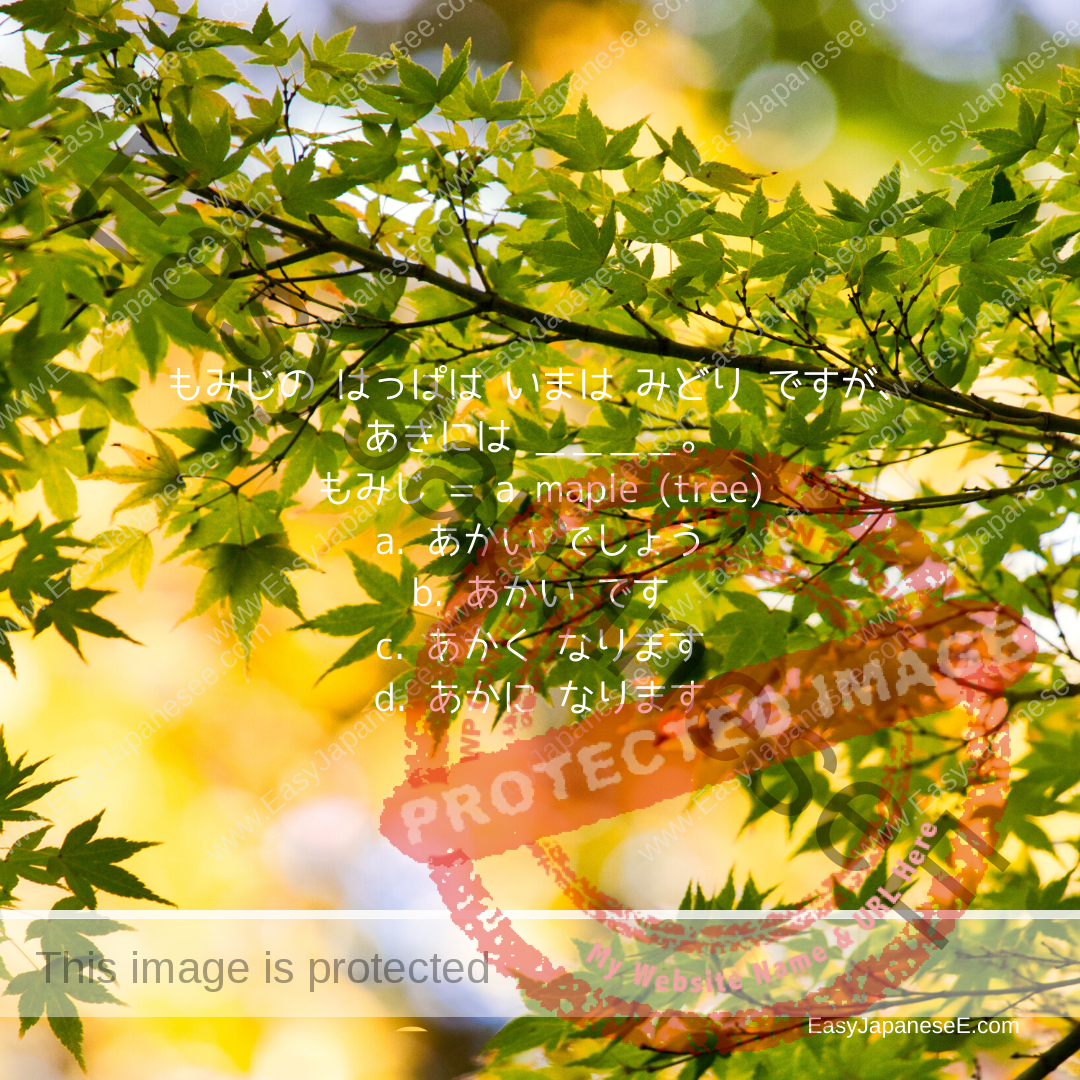
なります is the most common word that describes a change from one state to another. Depending on what it turns into, the letter directly before that changes.
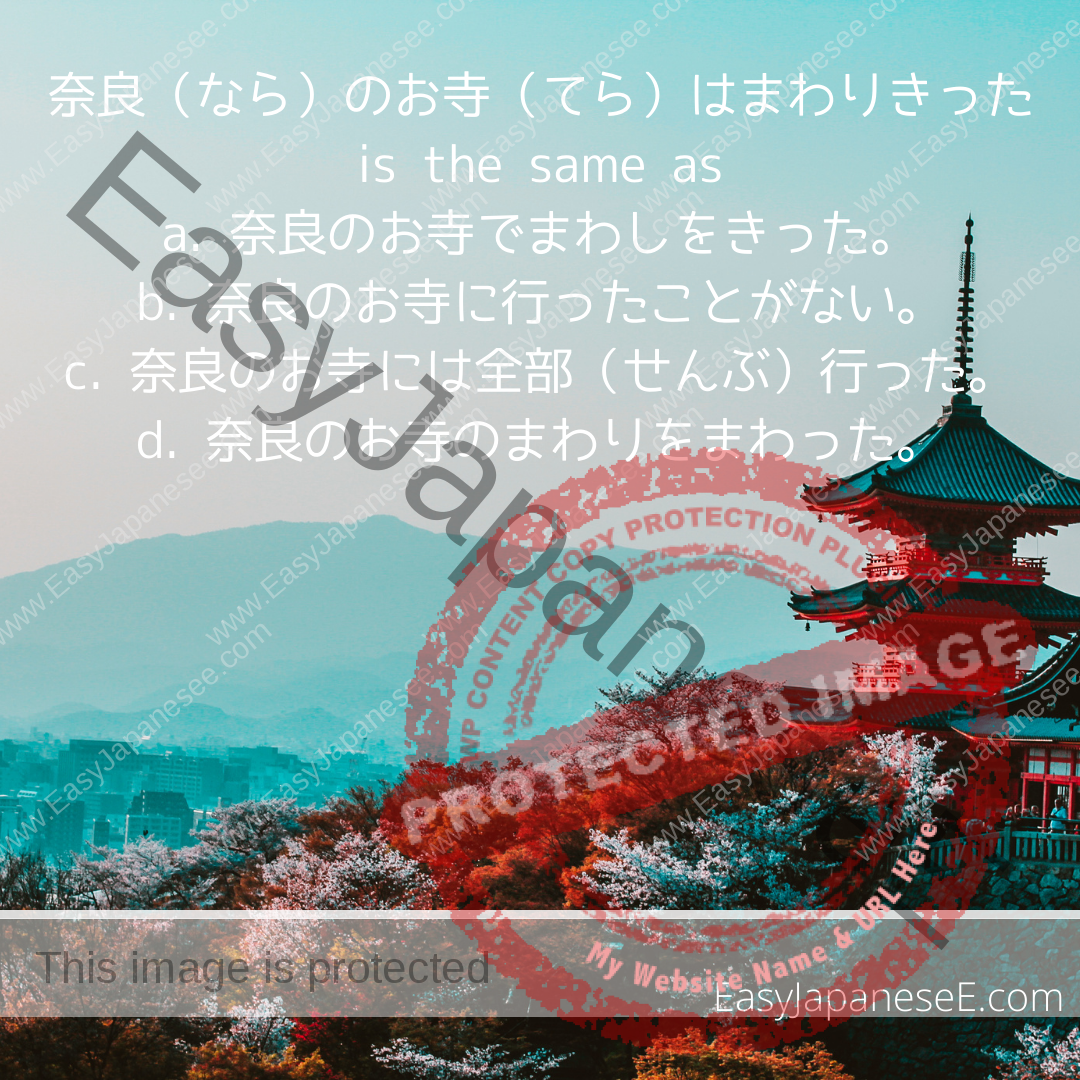
~きる is an auxiliary verb used after a verb stem and means “to finish ~ing completely/sufficiently” or “to reach a limit of ~ing”
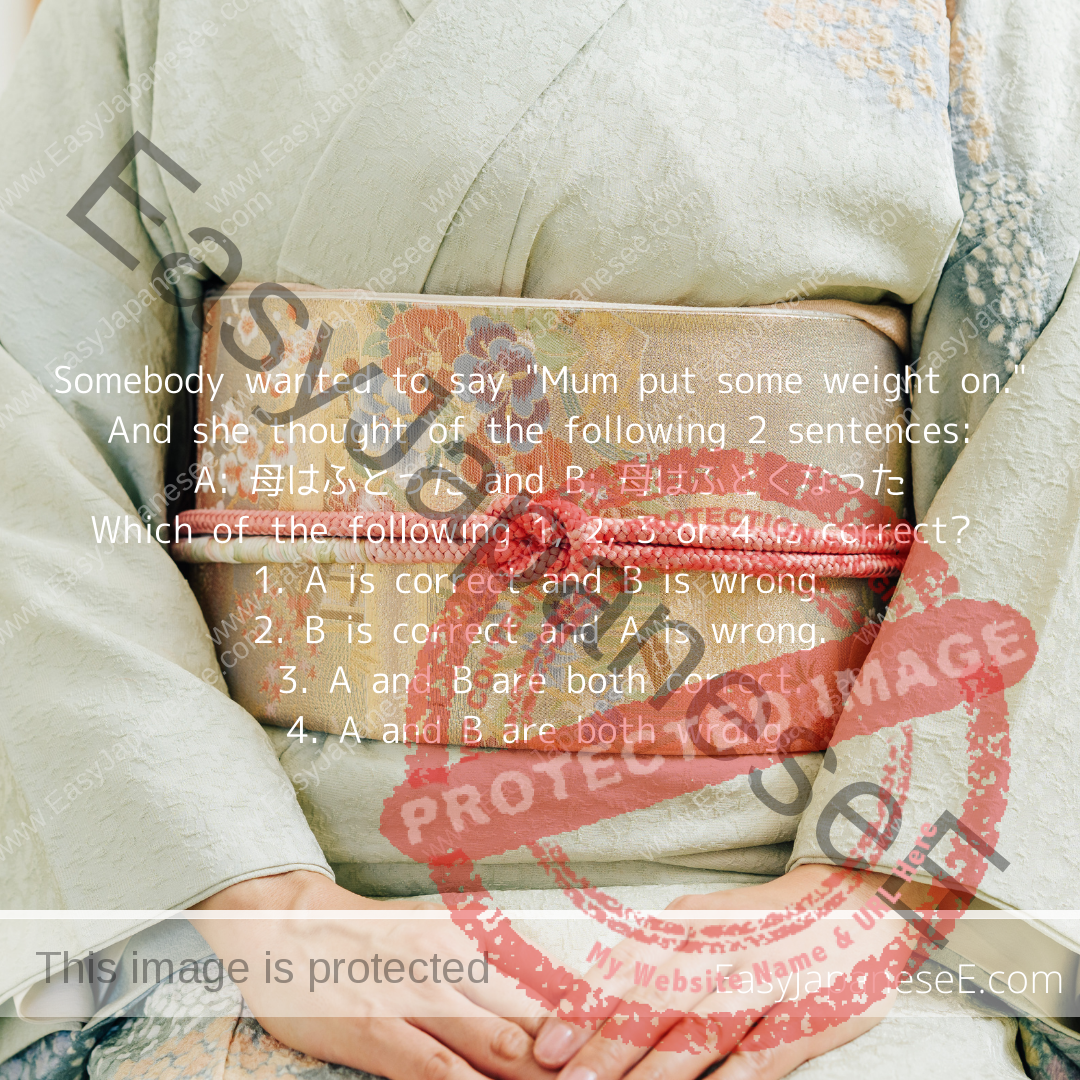
Today’s topic is difference betweenふとい and ふとる. If you understand this difference, you will never be confused between ふとい and ふとっている or ふとる and ふとくなる again.

Today’s #kanji is 段, which is listed its semantic element of #ほこづくり(殳) and its phonetic element is the left side, which is a simplified version of 耑

~からなる is an expression to mention something’s components. As being made of ~ is a condition that lasts for a while, it is often used in the form of ~からなっている.

~からには… is used when the condition stated before からには will inevitably lead to the statement after it and often used to express the speaker’s resolution.
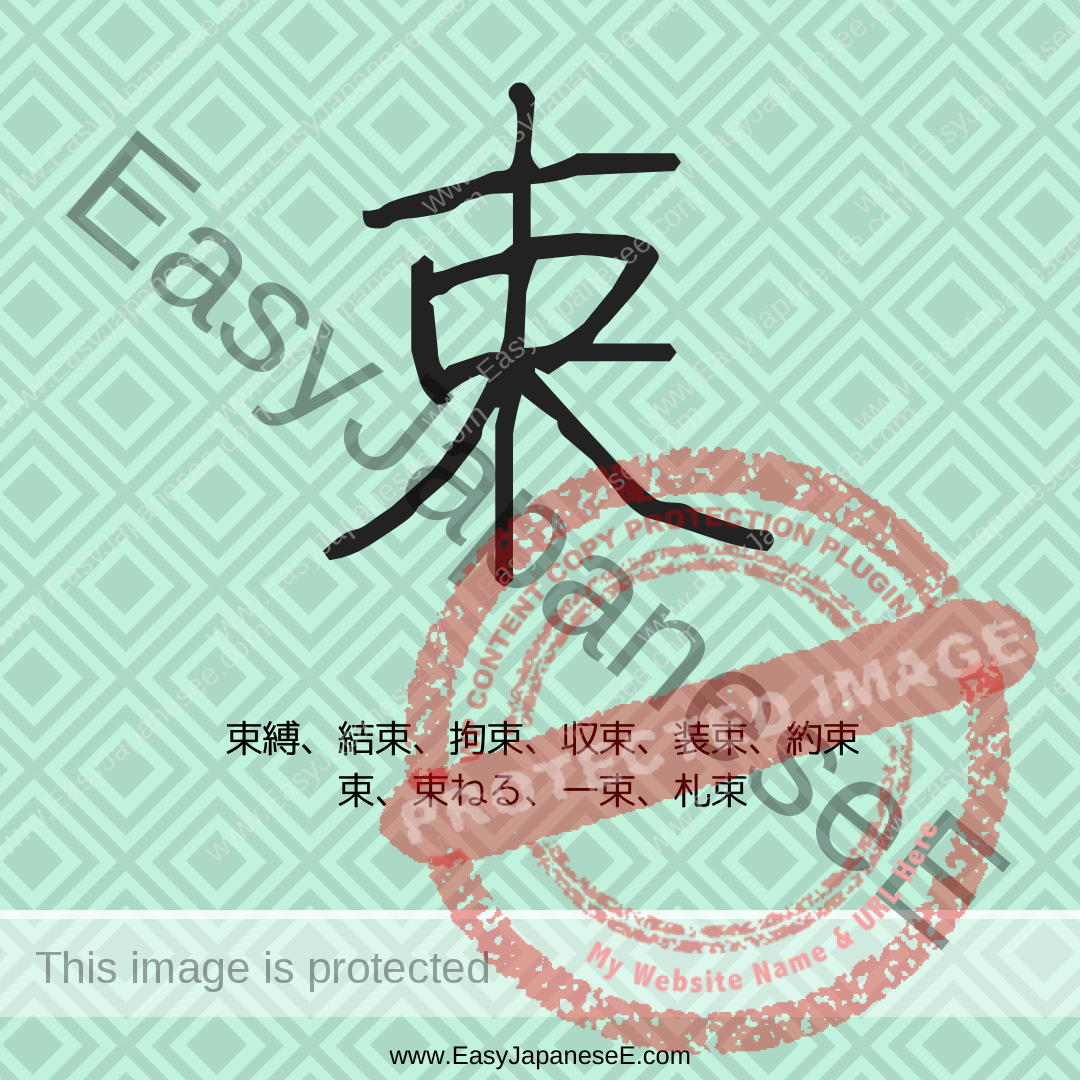
Today’s #kanji is 束, which is a compound ideograph made of 木 and 口. In this, 口 is for bundling rather than a mouth apparently.
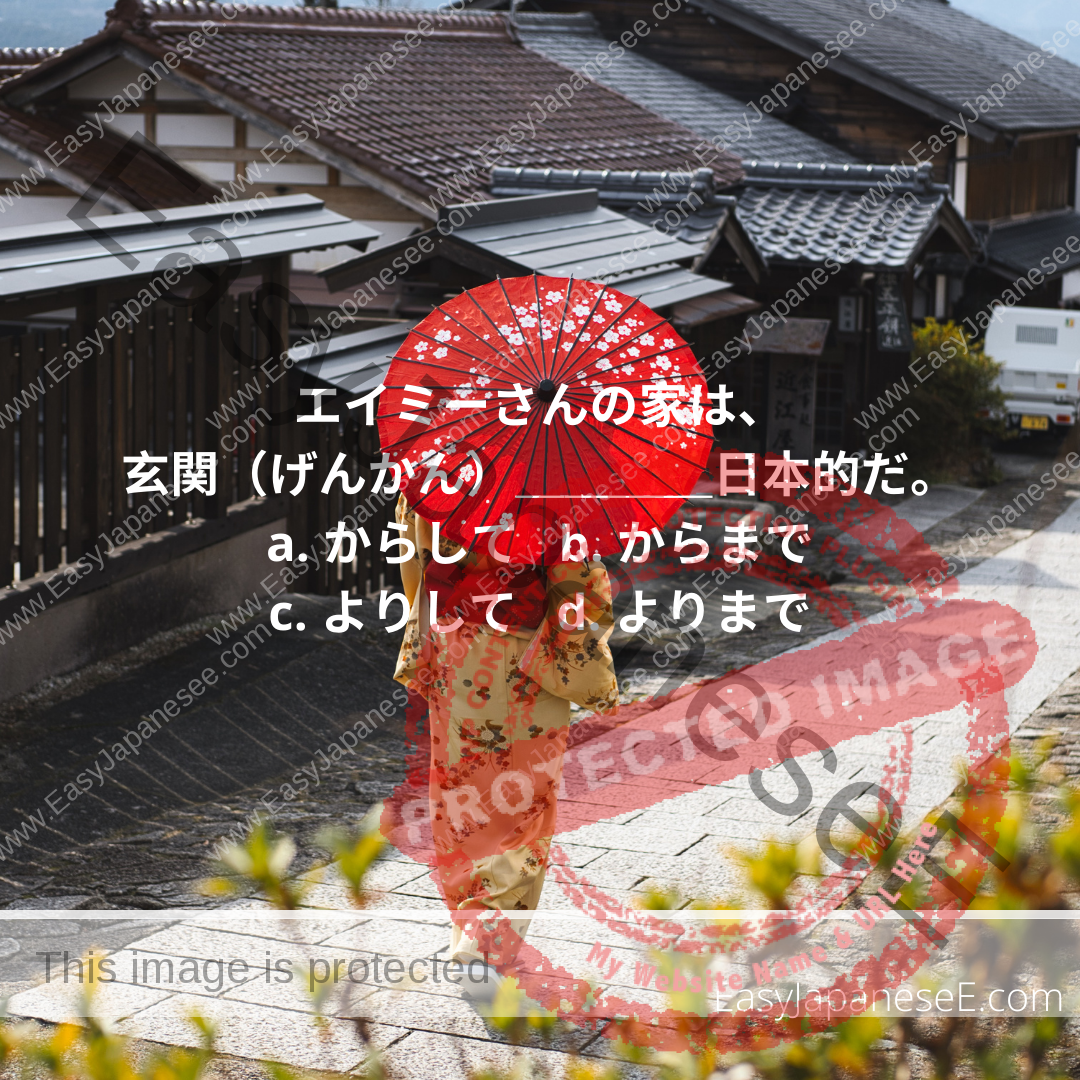
~からして is used to give an example to lead to your opinion or to state a strong base for your conviction. This post explains how it’s used.
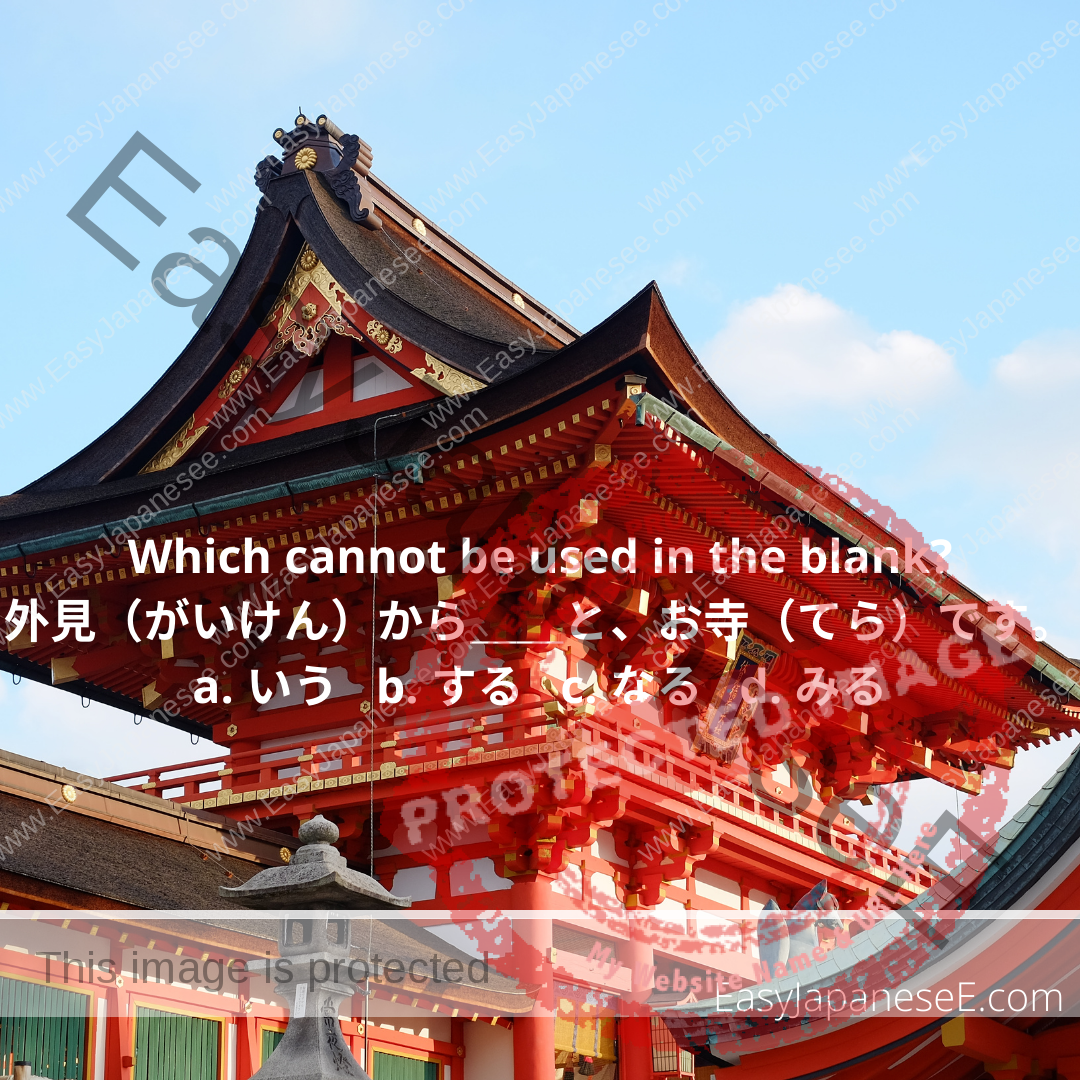
~からすると…、~からいうと…、~からみると… are used to state the viewpoint when an opinion or judgement is expressed. This post explains how they are used and their differences.
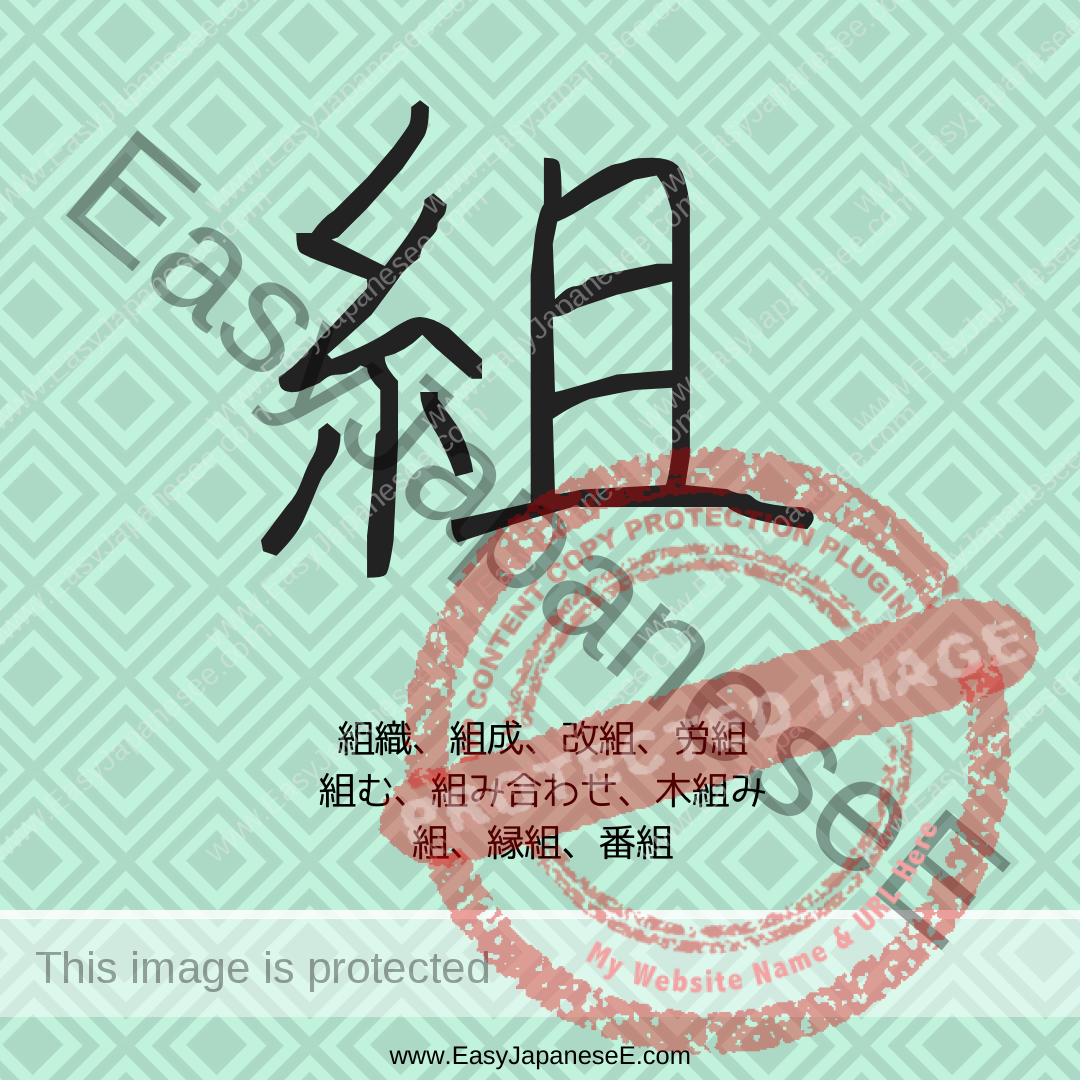
Today’s #kanji is 組, which is made of its semantic element of #いとへん(糸) and phonetic element of 且 which has the meaning of “piling up.”
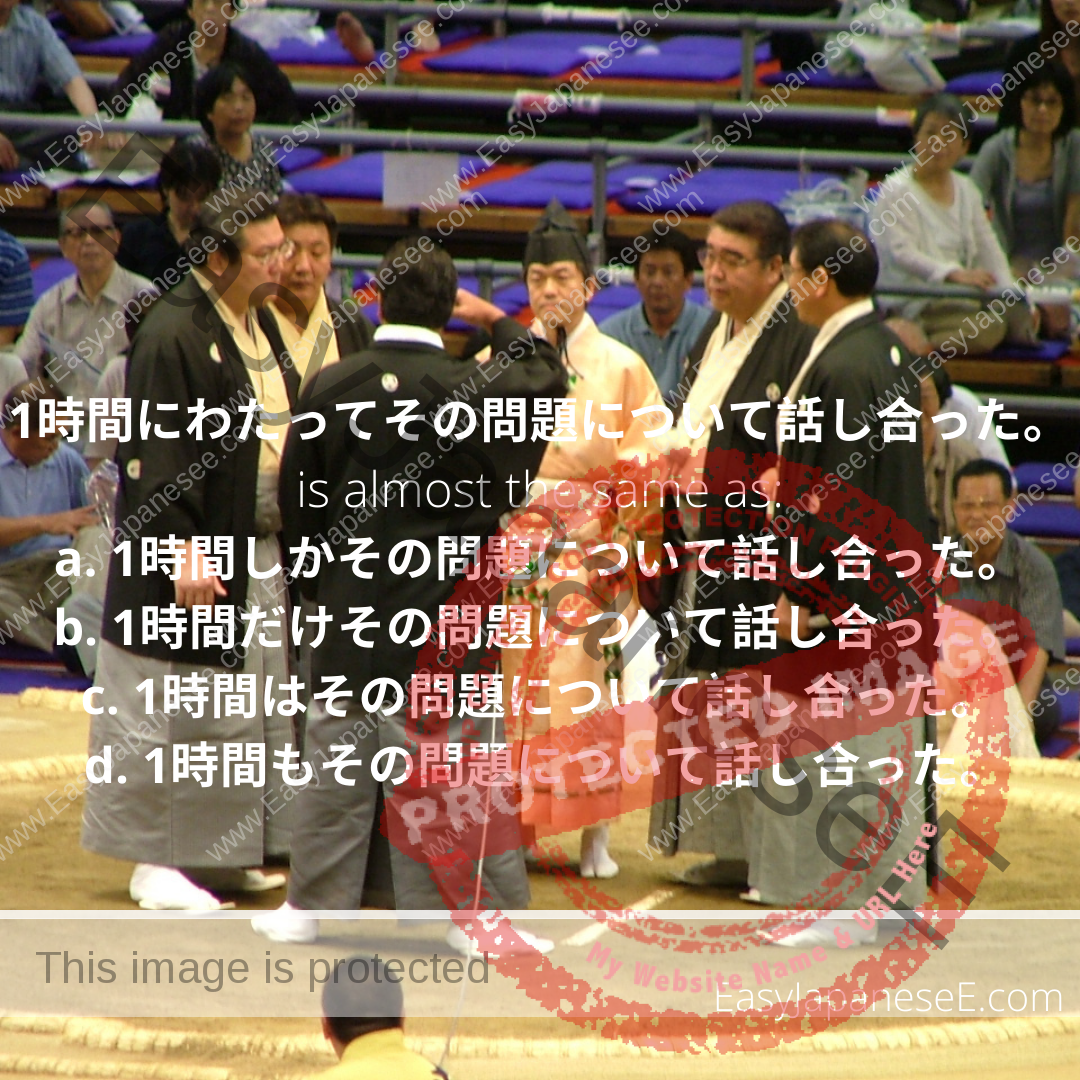
~にわたって is an expression to state a range and it emphasizes the length or vastness of the range. Something like “throughout ~” or “for the entire ~”

〜にかけて is used when you are stating a vague ending point of something continuous. It is similar to ~まで. This post explains the differences between ~にかけて and 〜まで.
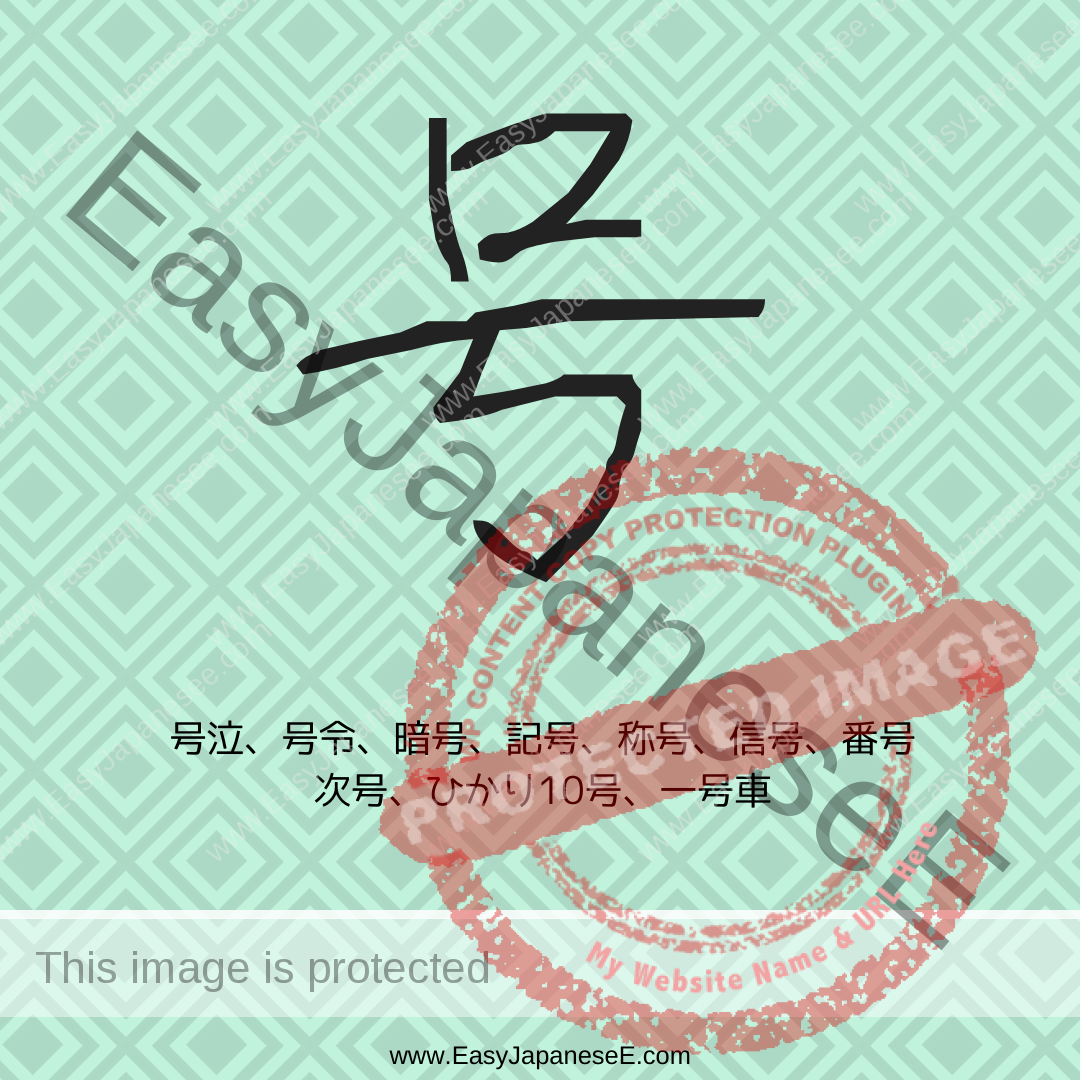
Today’s #kanji is #号. It is listed under the radical of #くち(口) and 号 apparently describes the way the energy trapped inside (丂) comes out through the mouth (口).
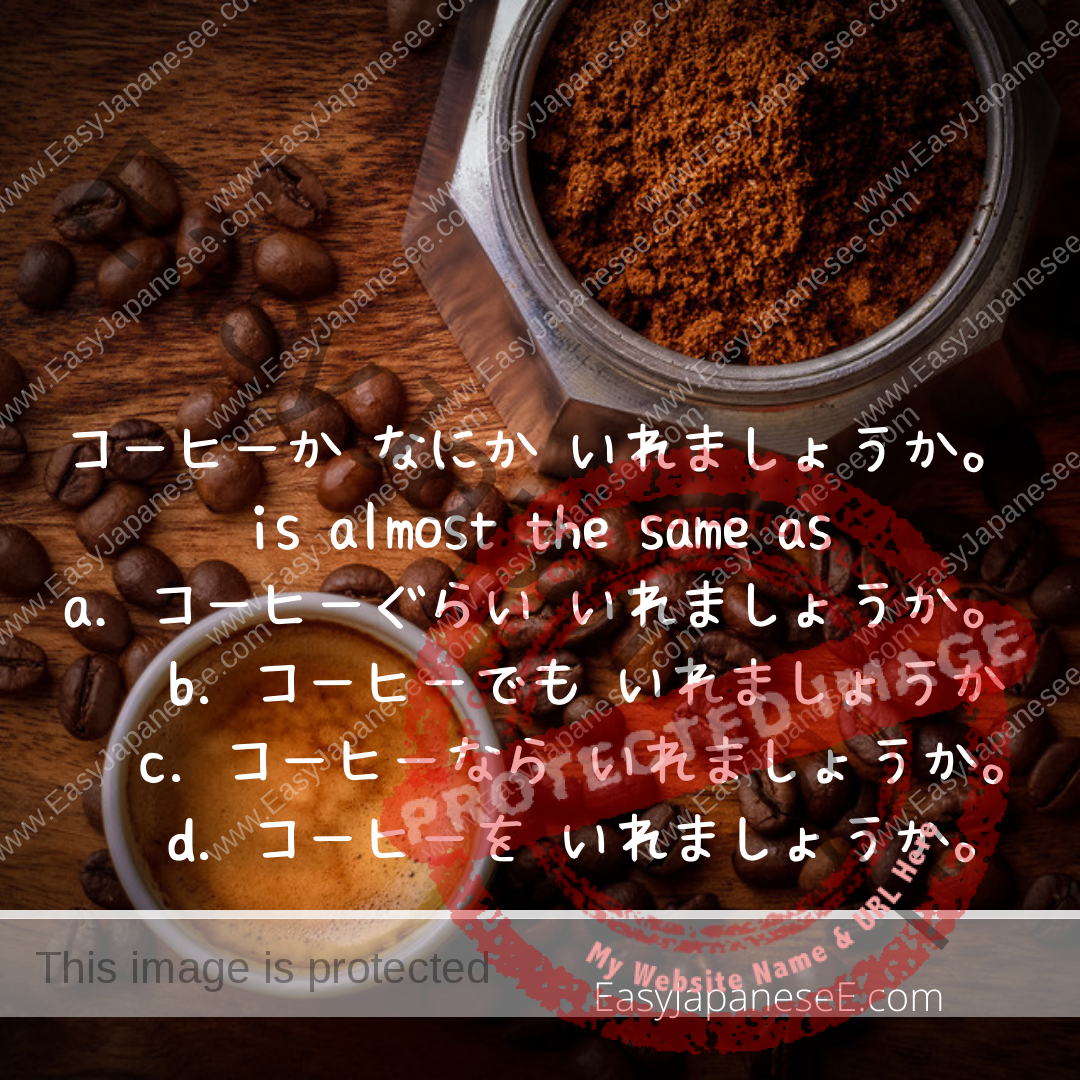
~か何か is added to the sentence when we are making a loose suggestion or when we are not sure about the fact. Something like “~ or something” or “some sort of ~”
